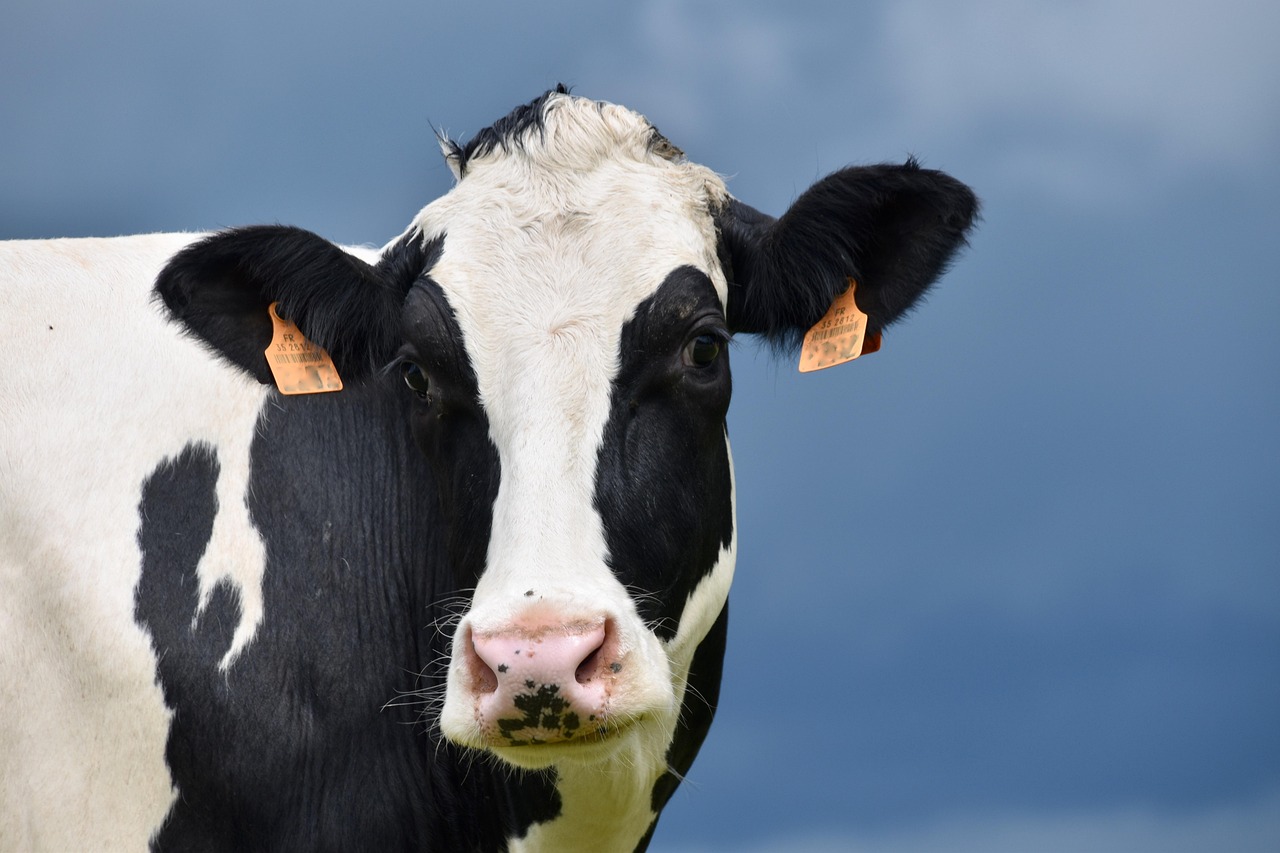News release
From:
Tracing the emergence and spread of H5N1 in U.S dairy cattle
Science
The spread of highly pathogenic avian influenza (HPAI) in U.S. dairy cattle can be traced to a single spillover event from a wild bird, researchers report, raising concern over growing pandemic risks as the virus evolves and leaps between species. HPAI viruses pose serious threats to animal health, agriculture, and potentially human health due to their ability to cross species barriers. A specific strain, H5N1 clade 2.3.4.4b, has spread globally, infecting wild birds, poultry and, mammals – including a small number of humans – underscoring its pandemic potential. Notably, in 2024, this strain was detected in dairy cattle across multiple U.S. states, marking an unusual and concerning expansion into a previously uncommon host. Here, Thao-Quyen Nguyen and colleagues investigated how this H5N1 strain evolved and spread following its arrival in North America in late 2021. Nguyen et al. analyzed genetic data from over 100 virus variants that emerged through mixing with local, low-pathogenicity bird flu strains. By combining these data with newly sequenced genomes and outbreak information from infected U.S. dairy cattle, the authors discovered that the outbreak originated from a single spillover from an avian source – likely in mid-to-late 2023 in Texas – followed by several months of undetected cow-to-cow transmission. The movement of infected or presymptomatic dairy cattle facilitated the rapid spread of the virus from Texas to several other states, including North Carolina, Idaho, Michigan, Ohio, Kansas, and South Dakota. According to the findings, after the avian influenza virus was introduced into cattle, it not only persisted but also spread from cattle to other species, including poultry, raccoons, cats, and wild birds such as grackles, blackbirds, and pigeons. Moreover, genetic analysis revealed mutations associated with mammalian adaptation, some of which have already become fixed in the viral population. “Our study demonstrates that [influenza A virus] is a transboundary pathogen that requires coordination across regulatory agencies and between animal and public health organizations to improve the health of hosts and reduce pandemic risk,” Nguyen et al. write.



 International
International



